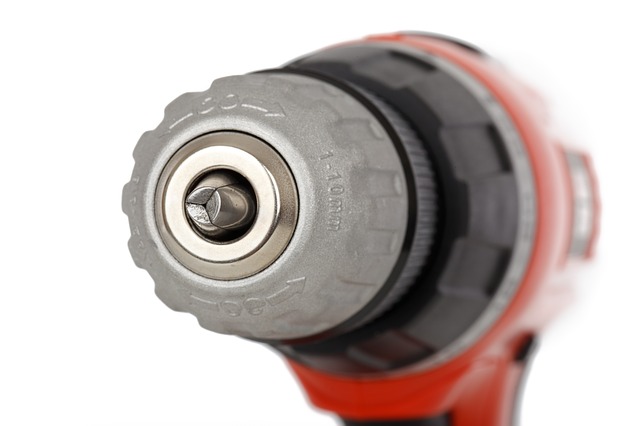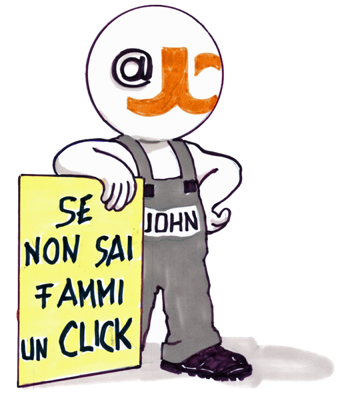 It is very common today to find alternative uses for objects that you own, in order to avoid buying new things and do the work with what you have. This strategy is excellent when it comes to materials of common use, use sheets of old to make rags, tape, paper for labels,..) but is almost never good when it comes to tools and professional equipment, electrical or not, which have been specially studied and designed for a specific purpose.
It is very common today to find alternative uses for objects that you own, in order to avoid buying new things and do the work with what you have. This strategy is excellent when it comes to materials of common use, use sheets of old to make rags, tape, paper for labels,..) but is almost never good when it comes to tools and professional equipment, electrical or not, which have been specially studied and designed for a specific purpose.
When it comes to a drill, electric screwdriver, for example, it is common to see errors that can lead to the damaging of the tool. We have collected the incorrect uses of the most common in this list. If you're thinking of doing one of these things, stop!
 Do not use your electric drill as a mixer
Do not use your electric drill as a mixer
Unless the drill that you want to use is not a drill mixer, of course, do not use it to mix the compounds more or less dense. Use a drill normal to the mix will ruin the engine. Unless you have an old drill, now, throw, then, I strongly advise you not to do it!
> If you need a drill mixer, click here
 Do not use the drilling machine and bits of poor quality
Do not use the drilling machine and bits of poor quality
Whether it's drill bits, drill bits for screw make sure to always choose the quality. They cost more, but in a sense will allow you to save money because it will last longer and will make the work easier by avoiding straining the drill. Better to spend 1€ more for tips made in the duty or buy a new drill?
When it comes to drilling, each material has its bits suitable: there are drills for wood, drills for metal, for plastic, wall, etc. Be sure to use appropriate drill bit for each material!
As for the screw, so make sure you have a great variety of tips so you can always use the tip that matches perfectly with the screw. This will allow you to work more quickly, with less effort and without spanare the screws.
 Do not use the drill at full speed
Do not use the drill at full speed
There are not many jobs that require maximum speed, then not to force the drill unnecessarily!
In the case of drilling on metal, using the maximum speed, the tip may overheat and become damaged. Remember to take breaks and use of cutting oil for lubrication and cooling.
In general, both for screwing and for drilling, starts at the minimum speed to allow the screw to enter into the material gently. This is to avoid to blow away the screw and screw the screw that the tip. Once the screw is to be inserted in the material, you can increase the speed.
 Absolutely do not use a drill to demolish
Absolutely do not use a drill to demolish
Probably won't be able to finish the work and the drill will be damaged. There are special hammers for this, that will allow you to do your job properly.
> If you need a demolition hammer, click here
 Do not start directly with very large
Do not start directly with very large
If you need to drill a larger hole, it is advisable to first practise a smaller one so that the second hole (the one in the right size) is precise and without burrs. In the case of holes or screws on very hard surfaces and slippery as the tiles), a council is to "scratch" the surface with an awl at the point where we're going to drill/screw in, so that the tip or the screw does not slip away.
If you want to buy an electric drill, click here
 | You are a professional and want to add some of your own advice? Leave a comment below! Did you like this article? Share it! |














